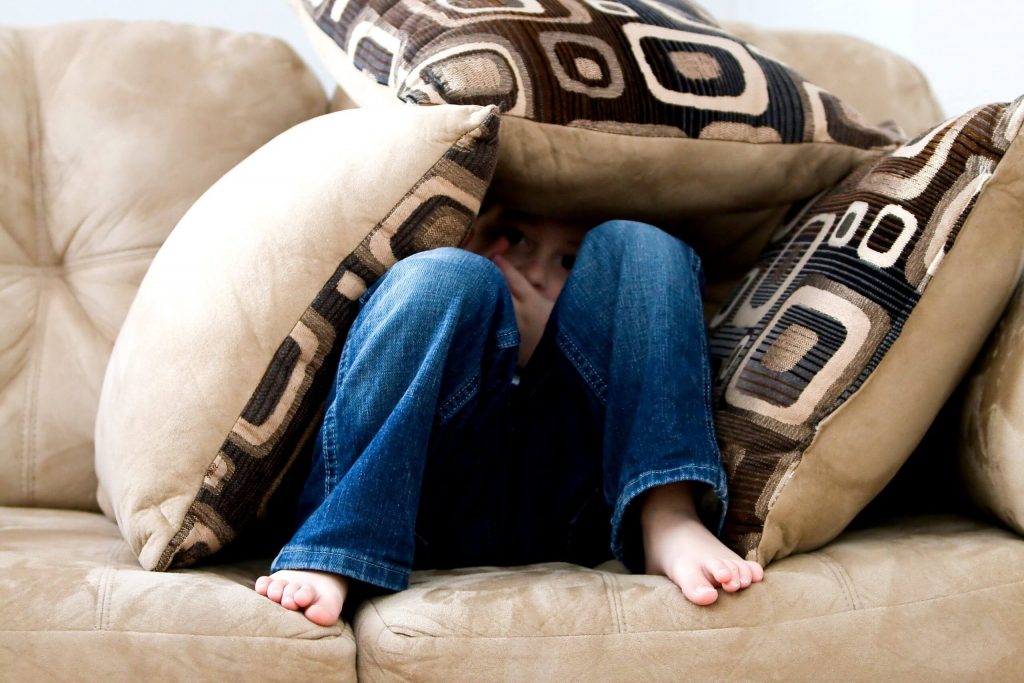Has it become more difficult to drop your child off at daycare or school? Some children will not experience separation anxiety. It is still very common for children to become upset and agitated when saying goodbye. This can be an unsettling experience for any parent. It’s important to remember that separation anxiety is very common in this stage of development. In order to help your child through this stage of development, it is important to understand what drives separation anxiety and identify some tools to help your child cope.
What is Separation Anxiety?
Separation anxiety can have any number of triggers, but at the end of the day, children can experience this anxiety after they are separated from their parents, who they are most comfortable with and trust. You may experience this when you leave for work, or when you drop your child off at daycare. Sometimes, even leaving the room can trigger an episode. Every child is different. Even though some children may experience it when you leave the room, others may experience it when big changes happen in their lives, like starting at a new school. Separation anxiety can begin in early infancy and last through your child’s pre-school years. When you try to leave, your child may begin to cry and become clingy, sometimes throwing a tantrum.

How to Help Your Child
Watching your child get upset while you are leaving can be a stressful period for parents. There are a few ways to help your child cope with their separation anxiety.
1. Prepare in Advance
If you are aware of a big change that could trigger an episode of separation anxiety, such as starting a new school or starting at a new childcare center, help prepare them for it in advance. At Early Learning Children’s Academy, we encourage families to schedule visits prior to the child’s first day so they can experience and become familiar with the environment and their teachers. This helps your child feel like they are part of a trusting community.
2. Create a “Goodbye Routine”
Work with your child to create a quick “goodbye routine.” This could be something as simple as a special handshake, a cute goodbye phrase, or sending them off with something they take comfort in. Always try to keep your goodbyes short and sweet. The longer you stay, the more upset your child will become when it is time to leave.
3. Stay Consistent
Once you establish your drop-off routine, do your best to stick to it. This may be challenging at first, but eventually your child will come to expect this routine and the consistency will help eliminate your child’s anxiety.
4. Keep Your Promises
Some parents like to ease their child’s anxiety by letting them know when they will be returning. If you do, make sure you are keeping that promise. This will help build your child’s trust and confidence when you are apart.
It’s very important for any family to remember that experiencing separation anxiety is a normal part of development. If you have any concerns about your child’s separation anxiety, talk to your child’s pediatrician who can help you with additional resources and support.



